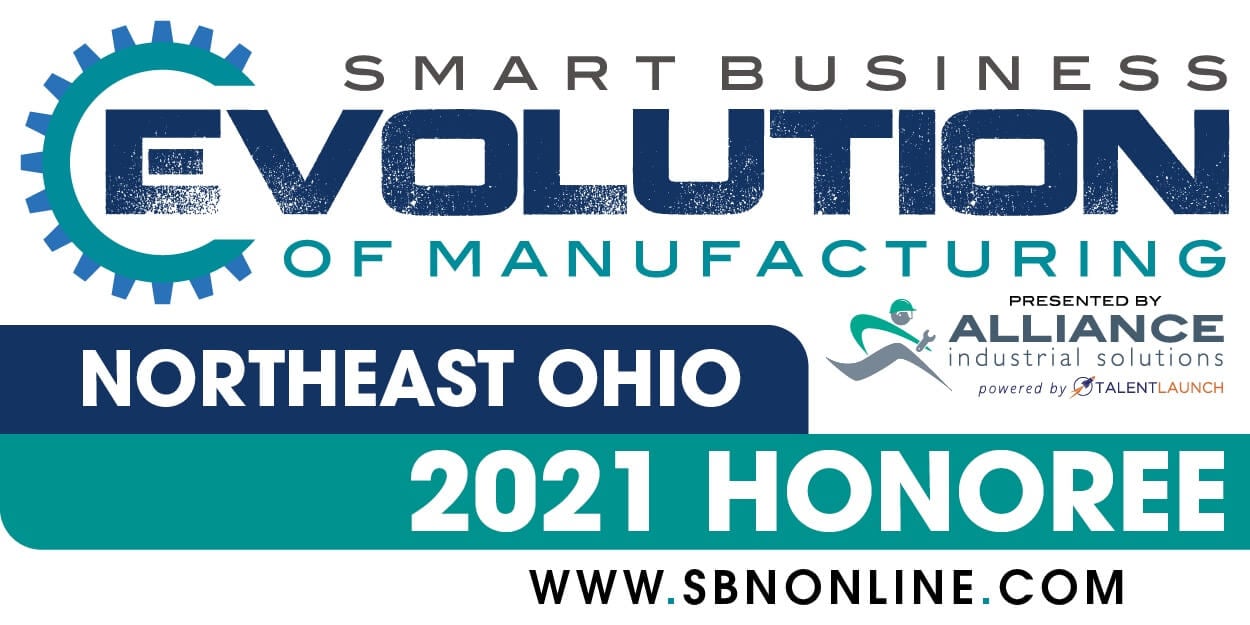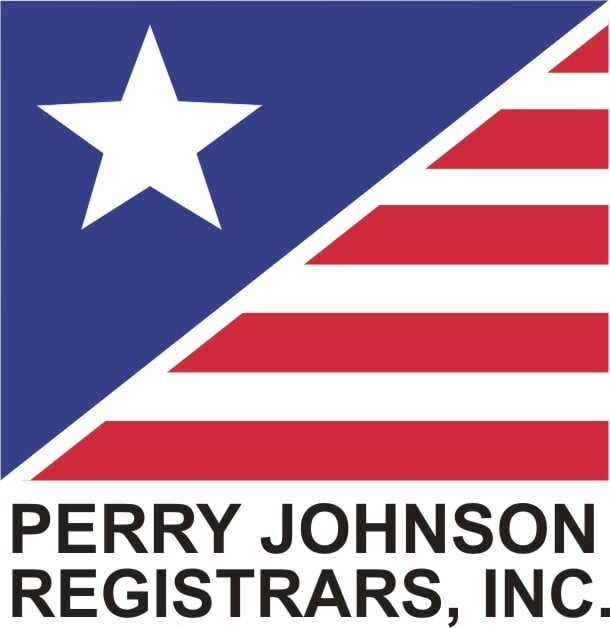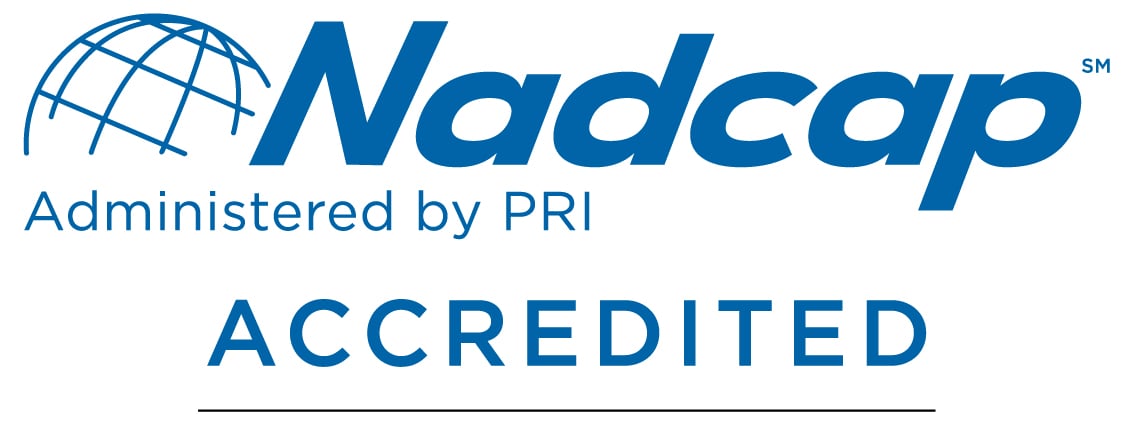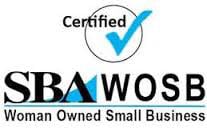In anticipation of hosting the most watched Women’s College Basketball Championship to date, a prominent sports arena faced an unexpected challenge. A recent inspection revealed that key light fixtures throughout the venue were outdated and insufficient for ensuring optimal safety and visibility for fans and staff. With the event only weeks away, the arena needed to act quickly to upgrade these critical components—but traditional manufacturing methods couldn’t meet their tight timeline. Compounding the issue, the arena required a domestic partner to ensure faster turnaround times and streamlined communication.
Faced with these constraints, the arena turned to The Technology House (TTH) for a solution. As a trusted, full-service partner specializing in 3D printing and other advanced manufacturing methods, TTH was uniquely positioned to deliver tailored components with the speed and precision required. The collaboration not only ensured the arena’s readiness for the championship but also demonstrated how 3D printing and additive manufacturing can support venue renovations under tight deadlines.
First Step: Identifying the Arena's Needs & Reverse Engineering a Solution
When we first start working with any client, our priority is to thoroughly understand their unique needs and challenges. This allows us to develop a tailored approach that ensures the final solution not only meets expectations but delivers the best possible results.
When we first started working with the arena, their needs quickly became clear:
- They needed specific light fixtures designed to improve safety and visibility within the venue.
- The arena was under a tight timeline, needing these high quality components prior to hosting the college women’s basketball tournament, leaving little room for error.
To accelerate the process, the arena provided a sample light cover for our team to use as a reference. Reverse engineering is a critical step in situations like this, as it ensures we can replicate or enhance an existing design with precision. If a sample hadn’t been available, our team would have gathered detailed information from the client—including measurements, photos, and functional requirements—to create a new design from scratch.
With the sample in hand, however, our engineers were able to expedite the process. Using the light cover as a guide, we created CAD files that captured every detail of the original component. This included verifying exact dimensions, tolerances, and material properties to ensure the new fixtures would seamlessly match the originals. TTH’s meticulous attention to detail during this stage set the foundation for a smooth and efficient production process.
Leveraging 3D Printing Technology
Once the CAD files were finalized, our additive manufacturing team moved swiftly into production, leveraging HP Multi Jet Fusion (MJF) technology. To ensure the design met all expectations, we first created a quick proof of concept. This allowed the arena representatives to physically inspect the light fixture, test its fit, and verify its performance before moving forward. The ability to produce and review a functional prototype so quickly was critical to keeping the project on schedule.
With the proof of concept approved, we transitioned seamlessly into full-scale production using the same MJF platform. This advanced 3D printing technology excels at producing strong, durable parts with fine details and smooth finishes—all while significantly reducing lead times. Unlike traditional methods, MJF enables efficient, high-quality production without the need for time-intensive supports, allowing us to deliver the final components in just days.
By using Nylon PA-12, a thermoplastic material recognized for its strength and reliability, we ensured the fixtures would stand up to both the demands of the championship event and ongoing use. Additionally, our team expertly replicated the finish of the original light cover, ensuring the new components integrated seamlessly into the arena’s existing design. From concept to production, 3D printing proved essential in meeting the arena’s needs under an incredibly tight timeline.
Why Choosing the Right 3D Printing Partner is Important
This project highlights the importance of selecting a manufacturing partner who can adapt to challenges and deliver exceptional results when you’re under tight deadlines. At The Technology House (TTH), our collaborative approach was pivotal to the project’s success. Every member of our team—from engineers to production specialists—contributed their expertise to ensure the timely delivery of high-quality components.
By leveraging advanced 3D printing technologies and working closely with the arena’s representatives, we were able to meet their urgent needs without compromising on quality or precision. The arena not only expressed their satisfaction with the speed and craftsmanship of the light covers but also noted their long-term value. These components didn’t just enhance safety and visibility during the Women’s College Basketball Championship—they are now integral to the venue’s infrastructure, supporting future events such as concerts and other large-scale gatherings.
This project serves as a testament to TTH’s ability to innovate and execute when it matters most. Whether it’s a tight timeline, a complex design, or a critical application, we are committed to delivering solutions that meet and exceed expectations.
If your business needs a reliable manufacturing partner equipped with cutting-edge 3D printing and production expertise, we’re here to help. Contact us today to discover how we can bring your vision to life.








.jpg)

.png)

.png)

